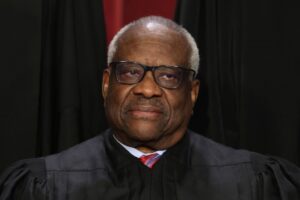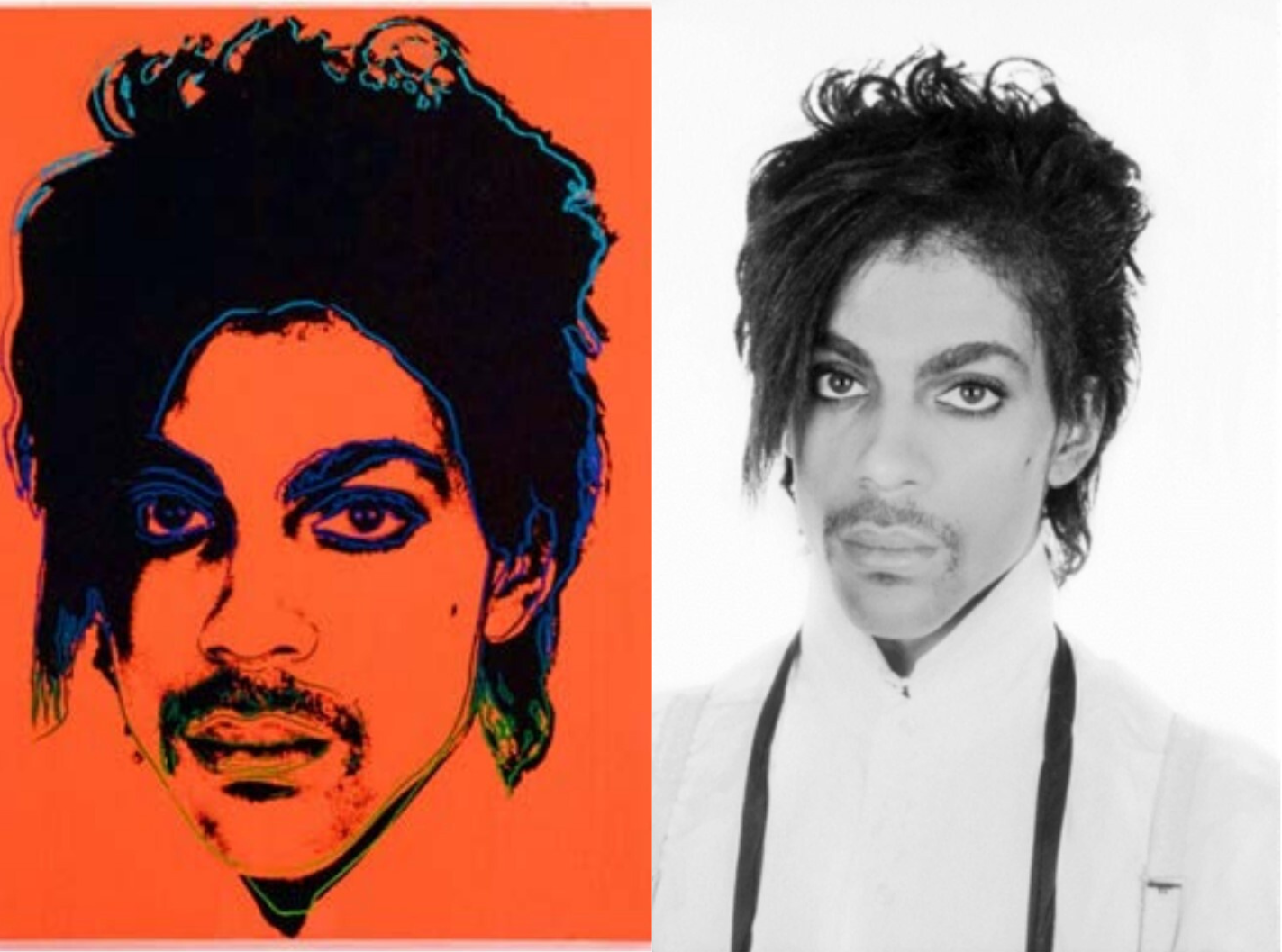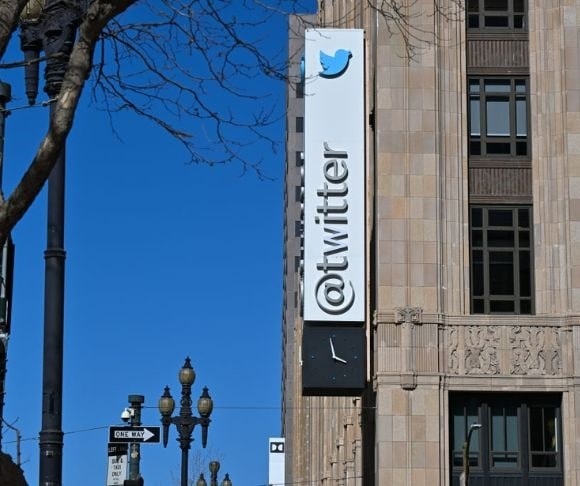Supreme Court watchers have been waiting for the latest batch of opinions like dogs for their treats, and they’re in. Thursday, May 18, the Court released opinions in six cases, including a few that were closely watched because of their implications and reach. Twitter and YouTube (Google) were absolved of culpability for aiding and abetting ISIS terrorist attacks, and Andy Warhol was found to have violated a photographer’s copyright. It was a strange pair of results: on the one hand, bolstering content creation, and, on the other, restricting it.
Two cases were before the Court on social media companies’ responsibility regarding terrorist posts: Twitter v. Taamneh and Gonzalez v. Google. The Twitter case relates to Nawras Alassaf, who was murdered by Abdulkadir Masharipov, an ISIS terrorist, in the 2017 Reina Discothèque shooting in Istanbul, Turkey. Alassaf’s family has tried to get paid for the killing by Facebook, YouTube, and Twitter because ISIS used those social networks to advance its cause. If that seems like a stretch to you, you’re in good company; all nine Justices of the Supreme Court agree. So why, then, was the case even before the court? Because the Ninth Circuit Court of Appeals, once again, went rogue with a wild interpretation of the law.
Twitter v. Taamneh & Gonzalez v. Google
A 1990 law allowed for civil damages in terrorism claims but did not explicitly impose liability on anyone who only helped the terrorists carry out the attack or conspired with them. As Justice Clarence Thomas explained for the Court, the Justice Against Sponsors of Terrorism Act (JASTA) of 2016 provided a form of secondary civil liability: “Thus, as the law now stands, those injured by an act of international terrorism can sue the relevant terrorists directly … or they can sue anyone ‘who aids and abets, by knowingly providing substantial assistance, or who conspires with the person who committed such an act of international terrorism.’”

Clarence Thomas (Photo by Alex Wong/Getty Images)
By the Alassaf family attorney’s estimation, the social media platforms aided ISIS by hosting and presenting its propaganda. The petition was laughed out of the lower courts. A Ninth Circuit panel, however, reversed the decision. Two Clinton appointees joined one Obama appointee to reinstate the claims and put the social media companies back in the dock. If liable, they would have to cancel their current business models and algorithms to survive the judgments against them. As Justice Thomas noted, YouTube has 500 hours of video posted to it every minute. During that same minute, there are 347,000 tweets and 510,000 Facebook comments.
If allowing a terrorist group to use a social media platform equals material support or aid, these companies couldn’t exist as they do today. Furthermore, what about other liability – for the company that rented a terrorist a car or one that delivered food to their hideout? No, the Ninth Circuit panel was way outside the box. “The phrase ‘aids and abets’ in [the statute], as elsewhere, refers to a conscious, voluntary, and culpable participation in another’s wrongdoing,” Justice Thomas wrote.
The case against Twitter in Twitter v. Taamneh is over with the High Court’s unanimous decision. The second case, Gonzalez v. Google, made similar arguments against YouTube, claiming the site guided users toward ISIS recruitment videos, in part leading to the death of an American student in a 2015 Paris attack. The Court ruled unanimously that Gonzalez should be sent back down to the lower court for further review of its decision. This is a way for the Court to instruct the lower court to change its tune gently, so while it’s not technically over for that case, the end is nigh.
Purple Rain

Credit – From Supreme Court opinion in Andy Warhol Foundation for Visual Arts, Inc. v. Goldsmith
In other news of the day, the Court ruled against Andy Warhol and Condé Nast for violating the copyright of photographer Lynn Goldsmith. When the recording artist Prince died in 2016, Vanity Fair publisher Condé Nast paid the Andy Warhol Foundation $10,000 to use his “Orange Prince” silkscreen image in the magazine. Warhol’s work was based on a photograph by Lynn Goldsmith. She took the original shot and claimed Warhol’s sale to the magazine violated her copyright. Ms. Goldsmith won her case at the Supreme Court, which said the Warhol image and her original “share substantially the same commercial purpose.” That decision was authored by Justice Sonia Sotomayor, joined by Justices Clarence Thomas, Samuel Alito, Neil Gorsuch, Brett Kavanaugh, and Ketanji Jackson. Justice Elena Kagan dissented, joined by Chief Justice John Roberts in a scorching rebuke of the majority opinion and passionate defense of derivative art.
Justice Kagan’s discussion deserves to be read in full, but the best part compares the two images and their use in an article to memorialize Prince. She asks us to put ourselves in the position of the magazine’s editor:
“An employee comes to you with two options: the Goldsmith photo, the Warhol portrait. Would you say that you don’t really care? That the employee is free to flip a coin? In the majority’s view, you apparently would. Its opinion, as further discussed below, is built on the idea that both are just ‘portraits of Prince’ that may equivalently be ‘used to depict Prince in magazine stories about Prince.’”
“All I can say is that it’s a good thing the majority isn’t in the magazine business,” Justice Kagan said. “Of course you would care!” She continued: “The point here is not that one is better and the other worse. The point is that they are fundamentally different.” With an assist from Mark Twain, Kagan discussed how all art is derivative and painted a bleak future for creations under the standard set by the majority in Warhol v. Goldsmith. Let’s hope, as she does, that she’s wrong about the case’s impact on the world of the creative arts.




